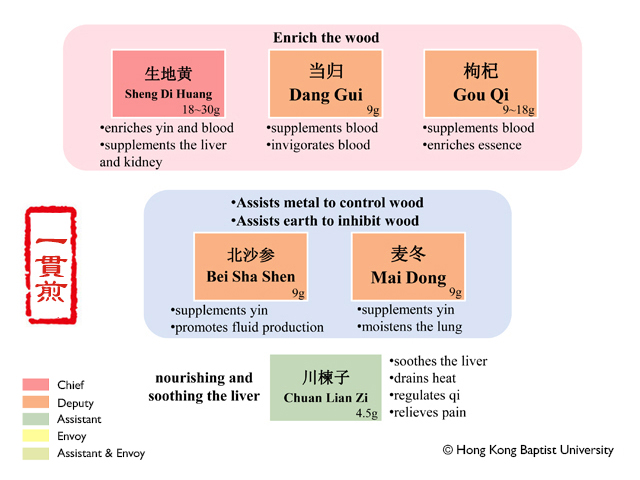Adhesive Rehmannia Root Tuber
Rehmanniae Radix
Functions:Xian di huang: Clears heat, engenders fluids, cools blood, stops bleeding. Sheng di haung: clears heat, cools blood, nourishes yin, and engenders fluids. Shu di huang: nourishes yin, supplements bloods, boosts essence, and fills the marrow. Apply to yin deficiency and hectic fever, diabetes, hematemesis, non-traumatic hemorrhage, metrorrhagia, irregular menstruation, threatened miscarriage, diarrhea due to yin damage.
